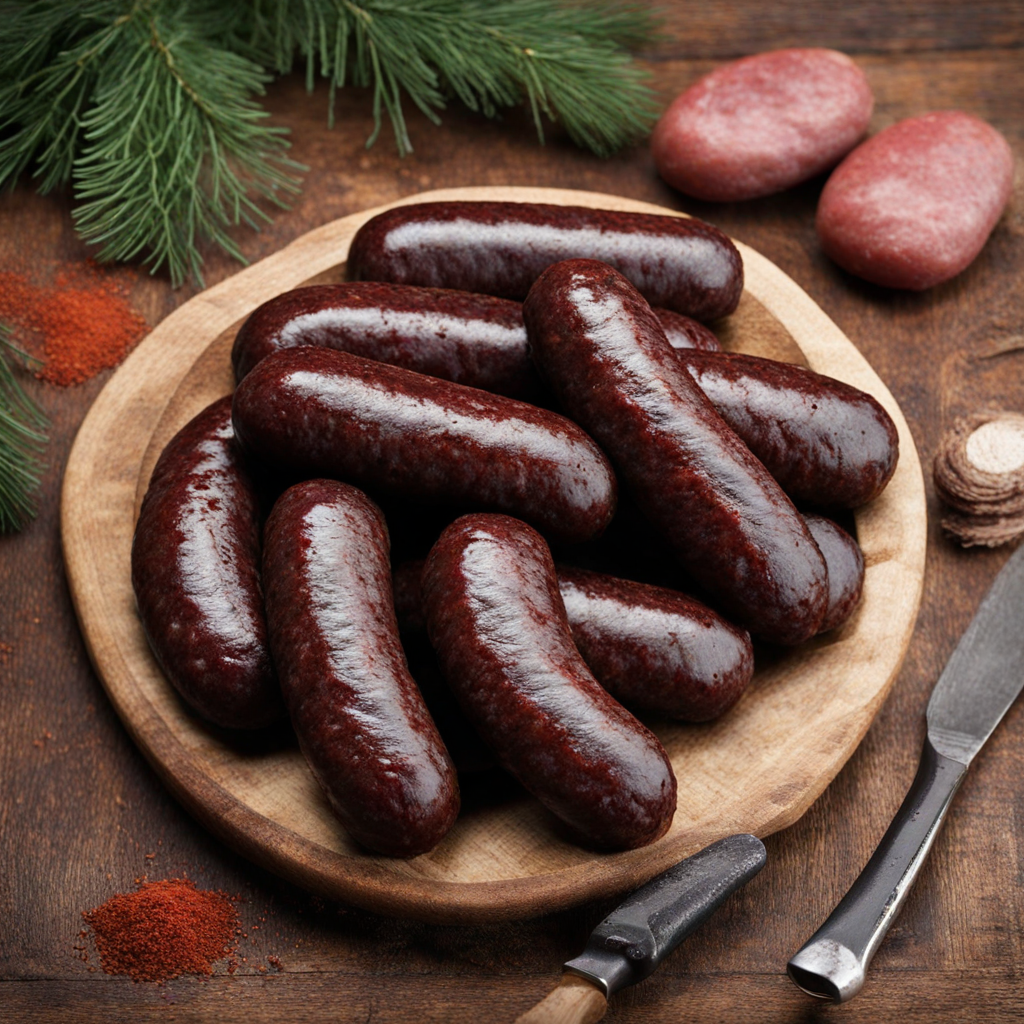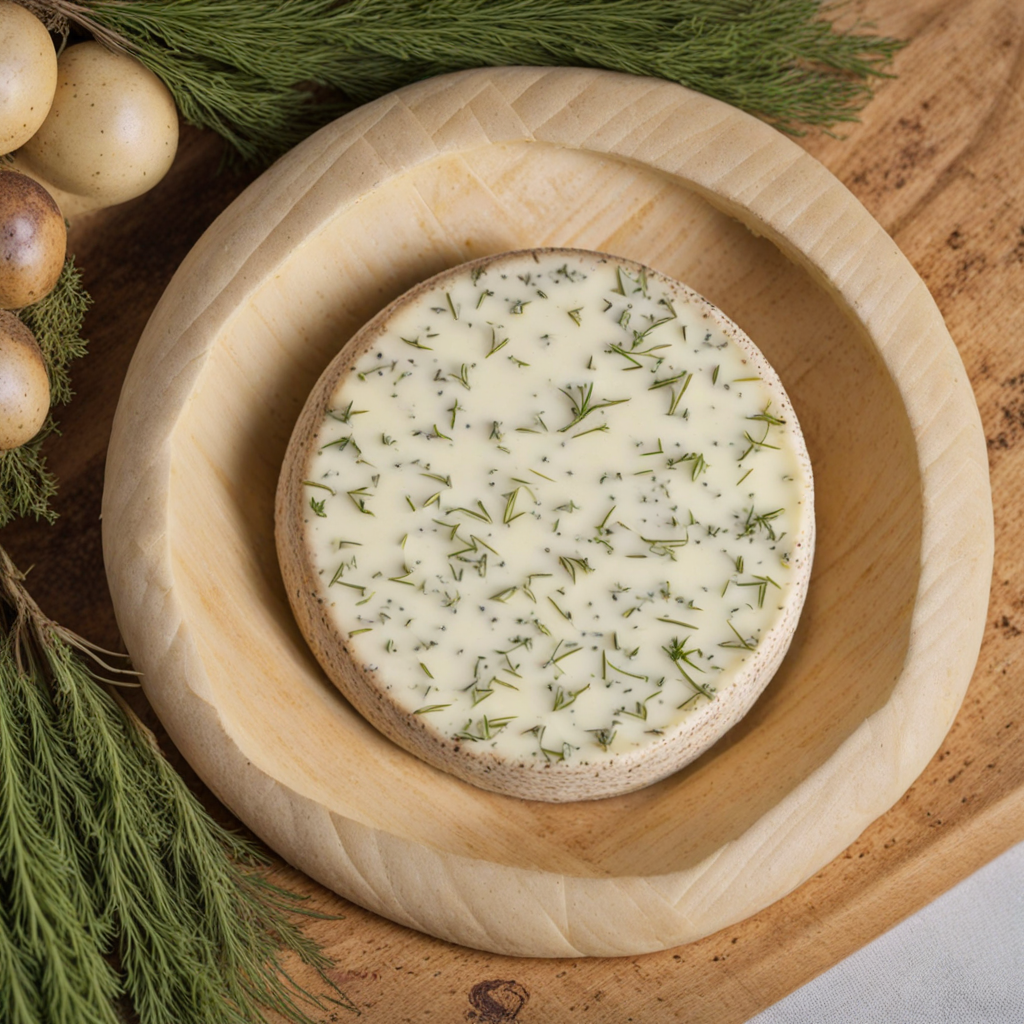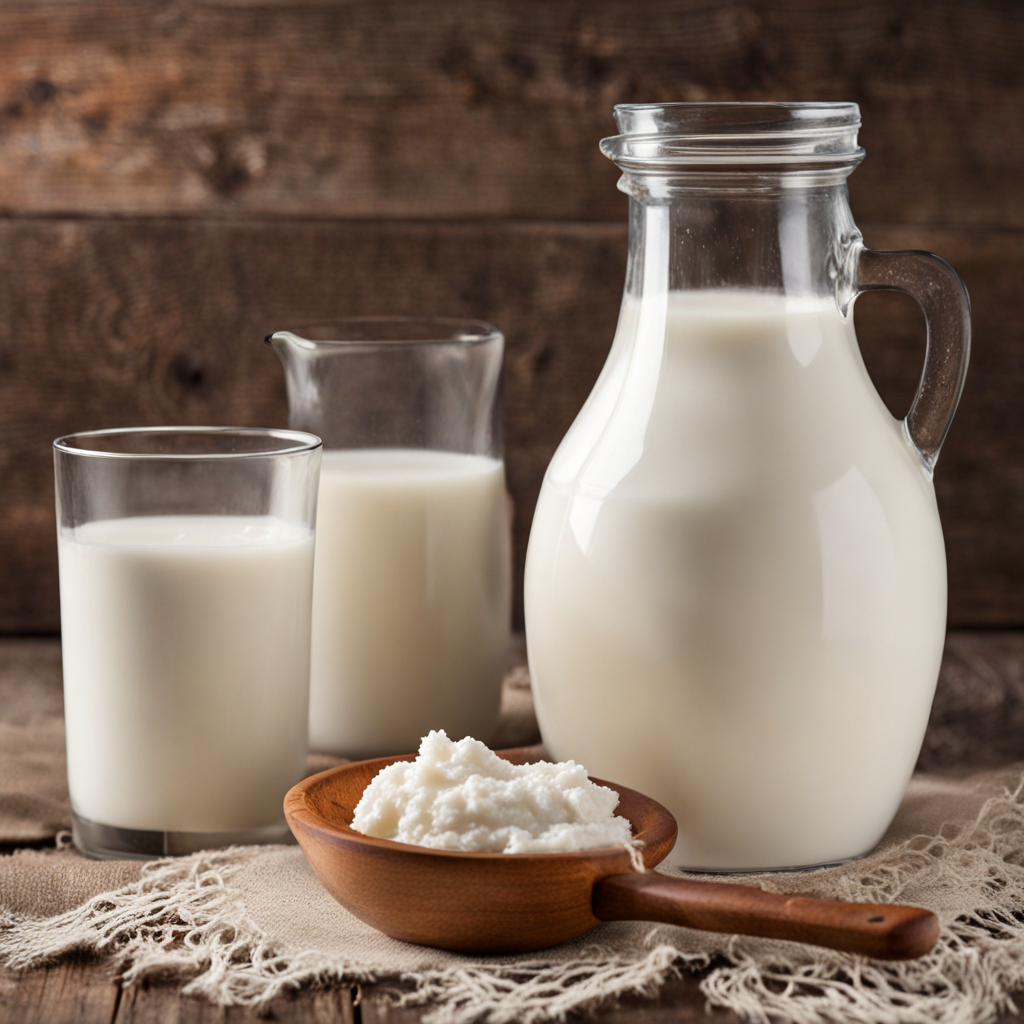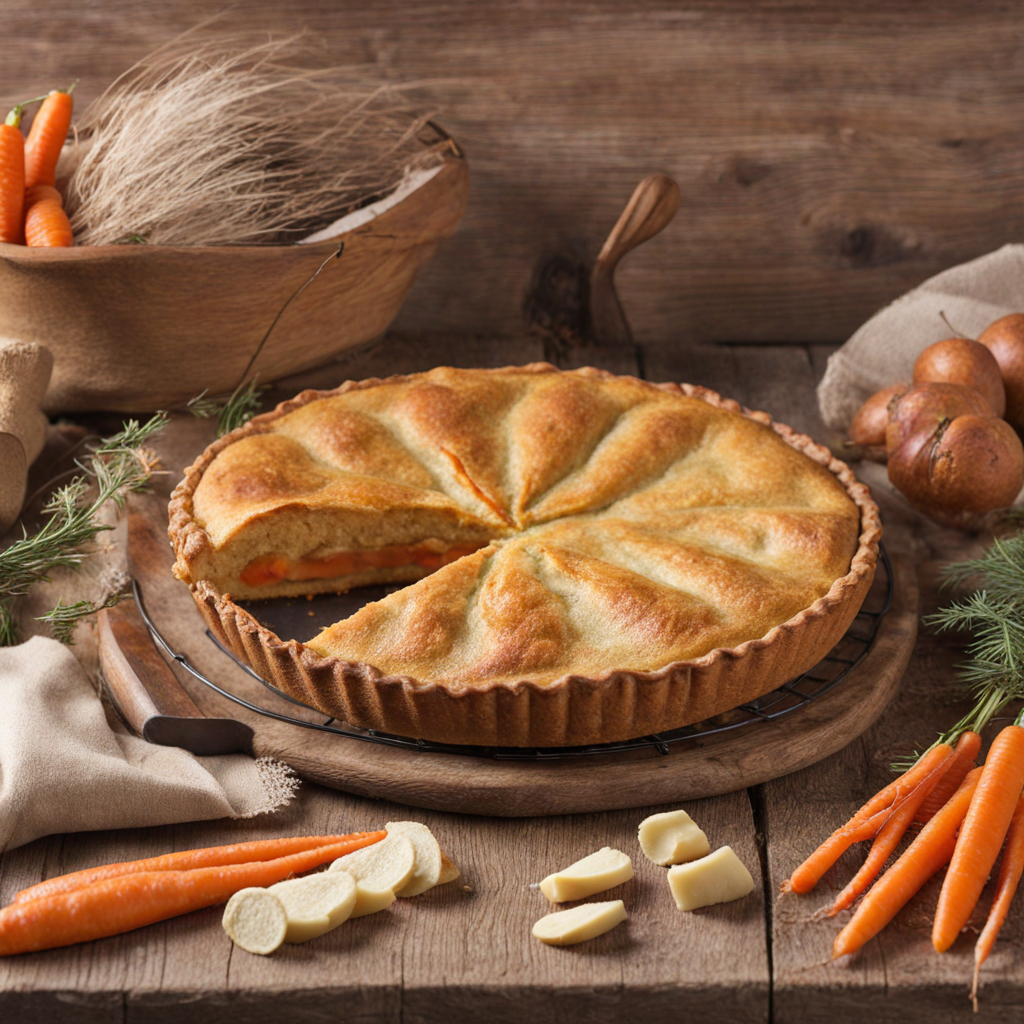Piragi
Piragi, a beloved traditional dish from Latvia, is a delightful pastry that combines a golden, flaky dough with a variety of savory fillings. The dough is typically made from a mix of flour, butter, and yeast, resulting in a tender texture that perfectly complements the rich fillings. The most common stuffing includes minced meat, often pork or beef, mixed with onions and spices, but variations can include mushrooms, cabbage, or even cheese, catering to different palates and dietary preferences. Each bite of Piragi offers a satisfying crunch on the outside, giving way to a flavorful and hearty interior that evokes the warmth of home-cooked meals.
How It Became This Dish
Pīrāgi, a beloved traditional food from Latvia, are small, savory pastries that hold a special place in the hearts and kitchens of the Latvian people. The origins of pīrāgi can be traced back to the rural traditions of the Baltic region, where the use of simple ingredients and techniques was essential for creating hearty, nourishing meals. Typically made with a soft yeast dough, pīrāgi are filled with a variety of ingredients, most commonly pork, but also including mushrooms, cabbage, or even sweet fillings like berries. The dough’s versatility and the fillings’ diversity reflect the agricultural bounty of Latvia, making pīrāgi not just a dish but a representation of local culture and heritage. Historically, the preparation of pīrāgi was a communal activity, often associated with celebrations and gatherings. In rural Latvian communities, families would come together to create large batches of these pastries, which were then shared among neighbors or during feasts. The act of making pīrāgi was not only about food; it was a bonding experience that fostered relationships and reinforced community ties. The preparation methods were passed down through generations, preserving the cultural significance of pīrāgi and ensuring that this delicious tradition endured. Cultural Significance Pīrāgi have transcended their status as mere food to become symbols of Latvian identity. They are often served during national celebrations, family gatherings, and festive occasions, such as weddings or Christmas. In Latvia, the act of breaking bread, or in this case, pīrāgi, is significant, serving as a reminder of hospitality and togetherness. The dish embodies the spirit of Latvian culture, where food is deeply interwoven with social and familial bonds. Moreover, pīrāgi are featured prominently in Latvian folklore and song, often celebrated in traditional music and art. They are sometimes referred to as "Latvian buns," and are appreciated not only for their taste but also for the stories and memories they evoke. The importance of pīrāgi in Latvian culture can also be observed in the various regional adaptations, where local ingredients and flavors influence the fillings and preparation methods, further enriching the culinary landscape of the country. As Latvia underwent significant social and political changes throughout the 20th century, the role of pīrāgi evolved as well. During the period of Soviet occupation, traditional foods were sometimes replaced with more standardized fare, but pīrāgi remained a beloved comfort food for many Latvians. They were a way to preserve cultural identity during times of oppression and were often prepared in secret or during family gatherings to maintain a connection to Latvian heritage. Development Over Time In the post-Soviet era, the revival of traditional foods became a critical aspect of Latvia’s cultural renaissance. With independence regained in 1990, there was a renewed interest in traditional Latvian cuisine, and pīrāgi began to gain recognition beyond the home kitchen. Chefs and food enthusiasts started experimenting with traditional recipes, incorporating modern culinary techniques while still honoring the roots of the dish. This fusion of old and new has led to innovative interpretations of pīrāgi, with chefs using atypical fillings or presenting them in contemporary styles. Today, pīrāgi can be found in various settings, from local bakeries to fine dining restaurants. They are often served at cultural festivals, where visitors can sample traditional Latvian fare. The resurgence of interest in locally sourced ingredients has also influenced the development of pīrāgi, with many chefs emphasizing the use of organic and regional products. This trend not only supports local farmers but also enhances the flavor and quality of the pastries. In addition to their presence in restaurants and bakeries, pīrāgi have become a popular item for home cooks. The recipe for pīrāgi is widely shared, and families often have their unique twists or secret ingredients that make their version special. Cooking pīrāgi has become a means of connecting with heritage, especially for younger generations who wish to reclaim and celebrate their Latvian roots. International Recognition As the world becomes more interconnected, traditional foods like pīrāgi have begun to attract international attention. Food festivals and cultural events around the globe now feature pīrāgi, allowing people from different backgrounds to experience Latvian cuisine. This exposure has contributed to a growing appreciation for the dish and its cultural significance. Culinary tourism has also played a role in elevating pīrāgi, with travelers seeking authentic experiences that include traditional foods. The promotion of pīrāgi is not just about the food itself but also about sharing the stories and traditions that accompany it. Many Latvian expatriates and descendants living abroad have taken it upon themselves to keep the tradition alive, hosting pīrāgi-making workshops and community gatherings. These efforts help to maintain a connection to their cultural heritage, ensuring that future generations understand and appreciate the significance of pīrāgi. In conclusion, pīrāgi are more than just a delicious pastry; they are a testament to Latvia’s rich culinary heritage and cultural identity. From their humble origins in rural kitchens to their current status as a cherished dish enjoyed both locally and internationally, pīrāgi illustrate the resilience and adaptability of Latvian traditions. They embody the spirit of community, celebration, and connection to the land, making them an enduring symbol of Latvia’s vibrant cultural tapestry. As pīrāgi continue to evolve and adapt, they will undoubtedly remain a beloved staple of Latvian cuisine for generations to come.
You may like
Discover local flavors from Latvia







